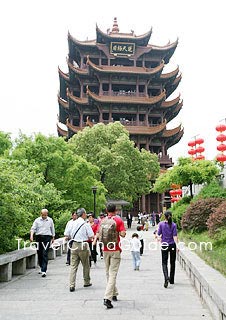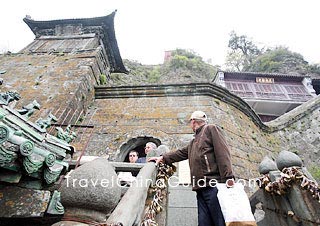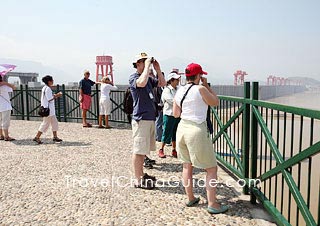Hubei Travel Guide
Hubei Facts
Chinese Name: 湖北 (hú běi )
Abbreviation: E
Population: 59,270,000
Area: 185,900 square kilometers (71,776 square miles)
Location: in the central region of China
Administrative Division: 12 cities (Wuhan, Huangshi, Xiangyang, Jingzhou, Yichang, Shiyan, Xiaogan, Jingmen, Ezhou, Huanggang, Xianning, Suizhou); 1 autonomous prefecture (Enshi Tujia and Miao Autonomous Prefecture)
GDP (2019): CNY 4,582.831 billion (USD 664.27 billion)
Hubei province is situated in the middle reaches of the Yangtze River and to the north of Dongting Lake with Wuhan as the capital. It is near to Anhui to the east, Jiangxi and Hunan to the south, Chongqing to the west, Shaanxi to the northwest and Henan to the north. There are many lakes in the territory, so Hubei is also known as the province of thousands of lakes. It is one of the five higher education centers in China, and the level of secondary education also leads the country. Also, all kinds of scenic spots in Hubei including historical ruins, ancient architectural building complex, mysterious primeval forest and majestic mountains will provide visitors with wonderful travel experiences.![]() Hubei Weather
Hubei Weather
Cities in Hubei
When to Go
 |
| Yellow Crane Tower, Wuhan |
The province has a subtropical monsoonal climate with a humid and hot summer, dry winter and strong sunlight in autumn. Annual rainfall averages 800-1600 millimeters and with average temperatures ranging from 15![]() C-17
C-17![]() C. Most places in Hubei enjoy four distinct seasons, with the best times to travel there being spring and autumn.
C. Most places in Hubei enjoy four distinct seasons, with the best times to travel there being spring and autumn.
What to See
The long history and the brilliant Chu culture endow the region with numerous cultural relics. Ancient towers, grottoes, city remains, imperial mausoleums, temples and nobilities' native places can be found throughout the province.
As the heaviest musical instrument in the world, the set of bronze chime bells unearthed from the Tomb of Marquis Yi of the Zeng State can be found in the Hubei Provincial Museum. With a total weight of 2567 kilogram, the set of bells consists of 65 pieces. The biggest bell is 152.3cm (five feet) high and 203.6kg and the smallest 20.4cm (less than one foot) long and 2.4kg.Wudang Mountain is a sacred Taoist mountain with hundreds of temples and palaces. East Lake, located on the eastern side of Wuchang City, is one of the major tourist attractions in Wuhan. It is the biggest lake within a city in China. Yellow Crane Tower, located on Snake Hill in Wuchang City, is one of the three famous towers south of the Yangtze River.
Hubei also boasts impressive natural scenery. The Three Gorges offers an unmatched painting of water and mountains. The World Famous Yangtze Three Gorges Dam Project is just located in this province, just outside of Yichang City. It is not only the largest water conservation project in China, but also the largest water conservation project in the world.
|
|
Other attractions like Longzhong Scenic Area, Chibi Ancient Battlefield of Three Kingdoms where a famous ancient battle happened and Jingzhou, a historical city made famous by Three Kingdom battles are also worthy of sight.

